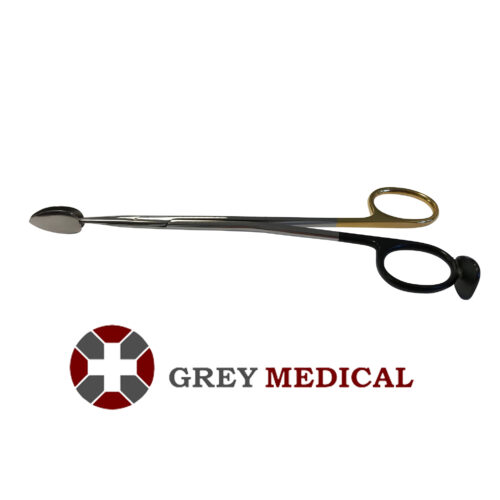The Versatility of Dissection Scissors: An Essential Surgical Instrument
The Versatility of Dissection Scissors: An Essential Surgical Instrument
Blog Article
Dissection scissors are among the most commonly used surgical instruments in operating rooms and laboratories worldwide. Renowned for their precision, versatility, and reliability, these scissors are designed to handle a variety of tasks, from delicate tissue dissection to cutting sutures and surgical materials. Dissection scissors are a fundamental tool in the medical field, combining precision, versatility, and durability to meet the demands of modern surgery and anatomical studies.

Introduction to Dissection Scissors
Dissection scissors are specialized instruments designed for cutting and dissecting tissues during surgeries and anatomical studies. Their ergonomic design and sharp blades make them an essential tool for surgeons, pathologists, and medical students alike. These scissors are crafted from high-quality stainless steel or titanium, ensuring durability, corrosion resistance, and the ability to withstand repeated sterilization processes.
Types of Dissection Scissors
Dissection scissors come in various types, each tailored to specific surgical needs. The most common types include straight and curved scissors. Straight dissection scissors are typically used for cutting sutures and other non-biological materials, while curved scissors are preferred for precise tissue dissection, allowing surgeons to navigate around delicate structures without causing damage.
In addition to the blade shape, dissection scissors can have blunt or sharp tips. Blunt-tipped scissors are ideal for separating tissues without cutting them, minimizing the risk of accidental injury to surrounding tissues. Sharp-tipped scissors, on the other hand, are used for precise cutting of tissues, especially in confined or hard-to-reach areas.
Key Features of Dissection Scissors
The design of dissection scissors focuses on precision and ease of use. The blades are finely honed to ensure clean cuts, and the ergonomic handles reduce hand fatigue during prolonged procedures. Many scissors also feature micro-serrations on the blade edges, enhancing grip on tissues and preventing slippage during cutting. Additionally, some models include tungsten carbide inserts, which enhance blade sharpness and longevity, making them suitable for high-demand surgical environments.
Applications in Surgery and Beyond
Dissection scissors are indispensable in various surgical specialties, including general surgery, plastic surgery, cardiovascular procedures, and gynecology. Their versatility makes them suitable for tasks ranging from cutting soft tissues to trimming sutures and even dissecting delicate anatomical structures.
In educational settings, dissection scissors play a crucial role in anatomy and biology labs, where students use them to explore and study specimens. Their precision and reliability ensure that students can perform dissections accurately and safely.
Maintenance and Care
Proper maintenance of dissection scissors is essential to ensure their performance and longevity. Regular cleaning and sterilization are crucial to prevent the buildup of biological material and reduce the risk of infection. Surgical-grade scissors should be inspected frequently for signs of wear, such as dull blades or loose joints, and repaired or replaced as needed.
Conclusion
Dissection scissors are a fundamental tool in the medical field, combining precision, versatility, and durability to meet the demands of modern surgery and anatomical studies. Their ability to adapt to various tasks and their ergonomic design make them an indispensable instrument in operating rooms and educational laboratories alike. With proper care and maintenance, dissection scissors continue to serve as a reliable ally for surgeons and students, contributing to the success of countless procedures and studies.